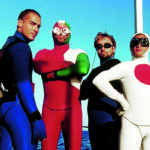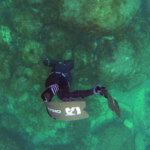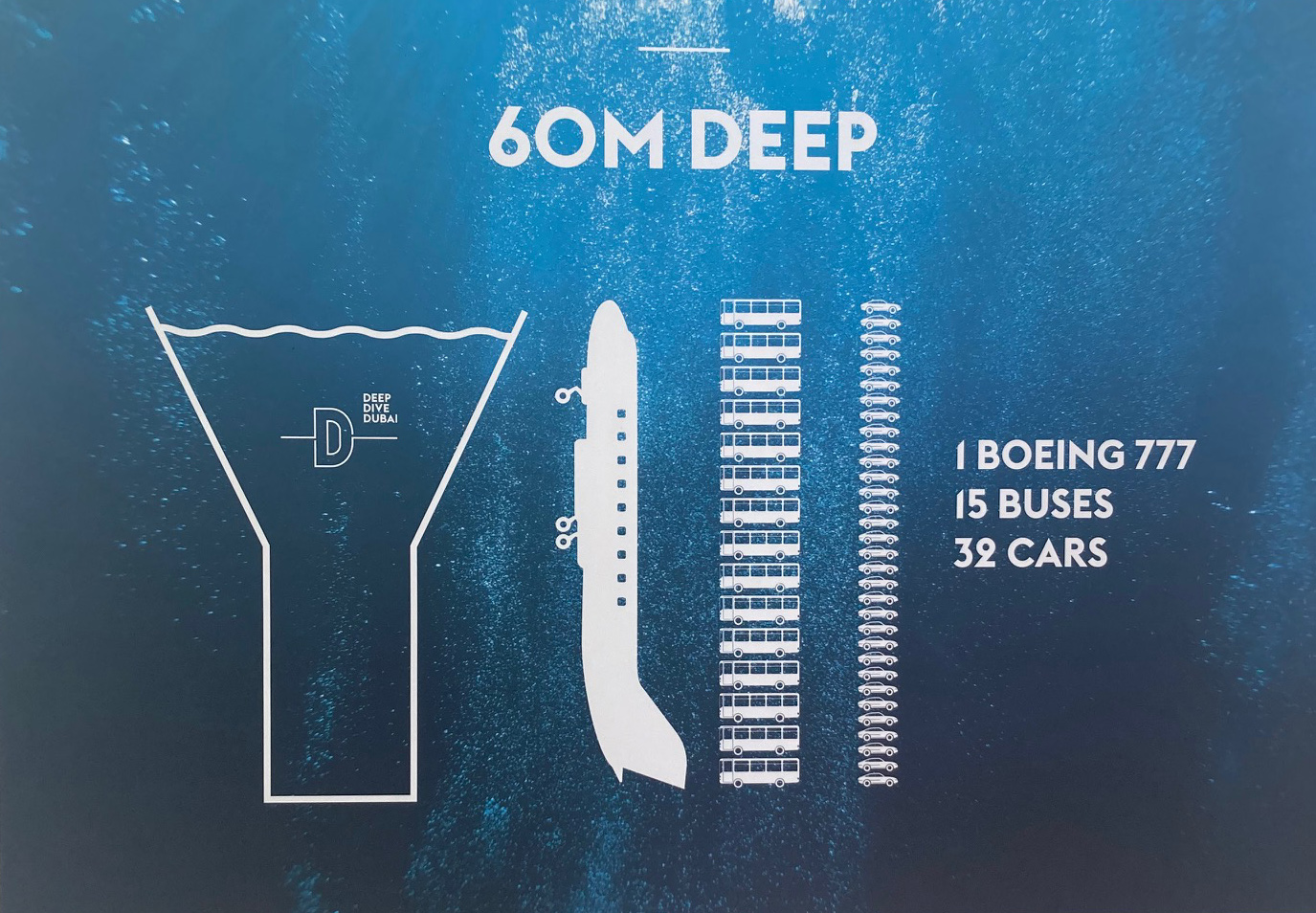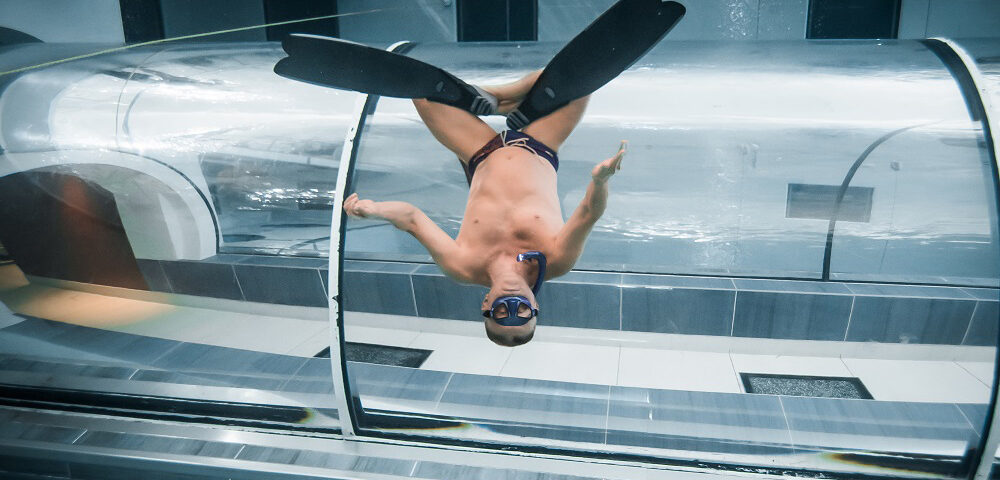With Genoni Discovering Deep Pools Around the World

Le Grand Bleu, the most beautiful film about freediving
11 June 2024
CRESSI: Gara Modular Boost
19 June 2024They are a constantly growing phenomenon. In addition to Y-40, new ones have recently been built in Dubai (with a depth of 60 meters), in Poland, and in Korea. These structures are very different from each other, as the Lombard champion tells u
Gianluca Genoni
In the last 10 years, the number of "deep" pools dedicated exclusively to scuba diving has increased significantly. They have spread almost everywhere and are now present all over the world. For those who dive with scuba gear, they represent an alternative experience or training to the sea, more or less interesting. For those who practice freediving, they are a real gym to refine their technique and train in preparation for the summer season or to be ready for some off-season trip to the Mediterranean.
Thanks to these pools, I’ve also gotten a bit "spoiled" and shortened the sea season. I must admit that having optimal conditions to train or teach is a big advantage: comfortable and cozy classrooms, warm, deep, clear water without currents; conditions not always easy to find in the sea.
In recent months, I’ve had the good fortune to dive into some of these structures and have noted the pros and cons of each. Let's take a look at these pools one by one.
In Italy, the main reference is certainly Y-40, which has just turned 10 years old and has been visited at least once by all Italian freedivers, or at least it is well-known to them. With its 42 meters, it is the world's deepest pool with thermal water; the 34-degree temperature allows for diving even without a wetsuit. It features different depths, from 6 meters up to the 42-meter pit, allowing for training at various levels.
During the winter season, it becomes a real meeting point for enthusiasts from all over Italy and beyond.
Similar to Y-40 in size and depth is the Deep Spot in Poland, located about 50 kilometers from Warsaw. With its 45 meters of depth, 30-degree temperature, and very clear water, it is perfect for all types of underwater activities.
However, today the deepest pool in the world is the Deep Dive in Dubai, with its 60 meters. In terms of surface area, it is similar to Y-40; the pit is a bit larger and has fewer levels for training. It is suitable for experienced freedivers attracted by the great depth. With a water temperature of barely 28 degrees, a 2 or 3-millimeter wetsuit is required. At different depths, you can find motorcycles, cars, a chessboard, a basket hoop, all places where you can take a souvenir photo. In the tube leading to the bottom, you can admire murals, which are real and not an effect of narcosis... You can enter only if accompanied by one of their guides, regardless of your certification or level of experience. It is a beautiful, elegant, and exclusive pool, with the only downside being the price: starting at €270 for a one and a half-hour session!
I realized how widespread the deep pool phenomenon is during my recent trip to Korea. I went to Seoul to conduct training on the use of the underwater scooter and discovered that the city has no less than 3 deep pools: two of 35 meters and one of 27. All facilities are used exclusively for underwater activities. For our course, we dived into Paradive, not very large but 35 meters deep. I must say I was a bit surprised by the management of the spaces; with us using scooters, there were also mermaids with their photographers, a "Bubble ring" course (bubble rings), and "regular" freedivers training on lines, many lines, placed close together.
Freediving is growing significantly in Korea thanks to these deep pools, but the strange thing is that in most cases, it is geared towards the pool, not for going out to sea; people there are not interested in exploring oceans, visiting seabeds or wrecks: too far and expensive. They are content with pure freediving along a line in these pools. Korean enthusiasts are generally young and have a somewhat different view of the discipline than mine... I am not yet ready to see Mermaid courses, mermaids posing for photographers, or young people busy making bubble rings!
Surely, with these facilities, the spread and practice of freediving have grown significantly worldwide, in both quantity and quality. In Italy, the 42-meter limit, the depth of Y-40, has become a goal and a reference for many. We hope that this movement continues to grow and that more and more young people approach the discipline. The important thing is to live this experience in the right way, giving equal space to physical and mental training, without focusing solely on the depth to be reached.
Y- 40: Marco Mardollo by Matt Evans



